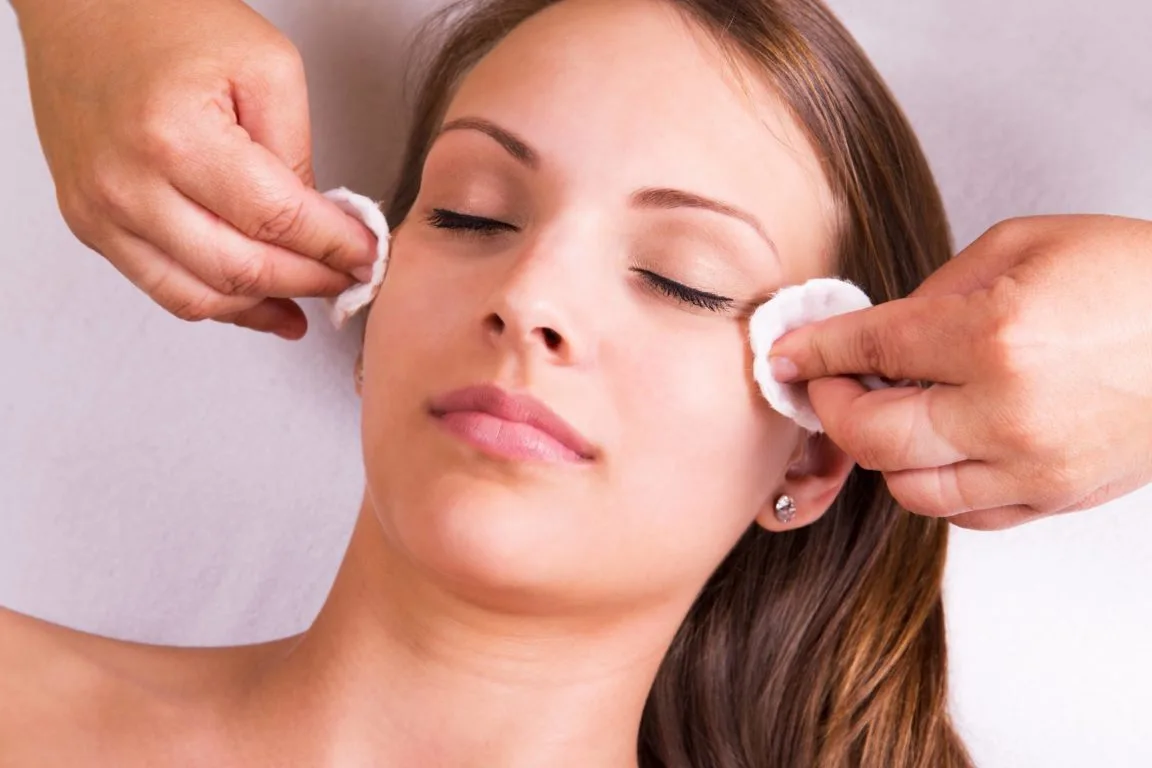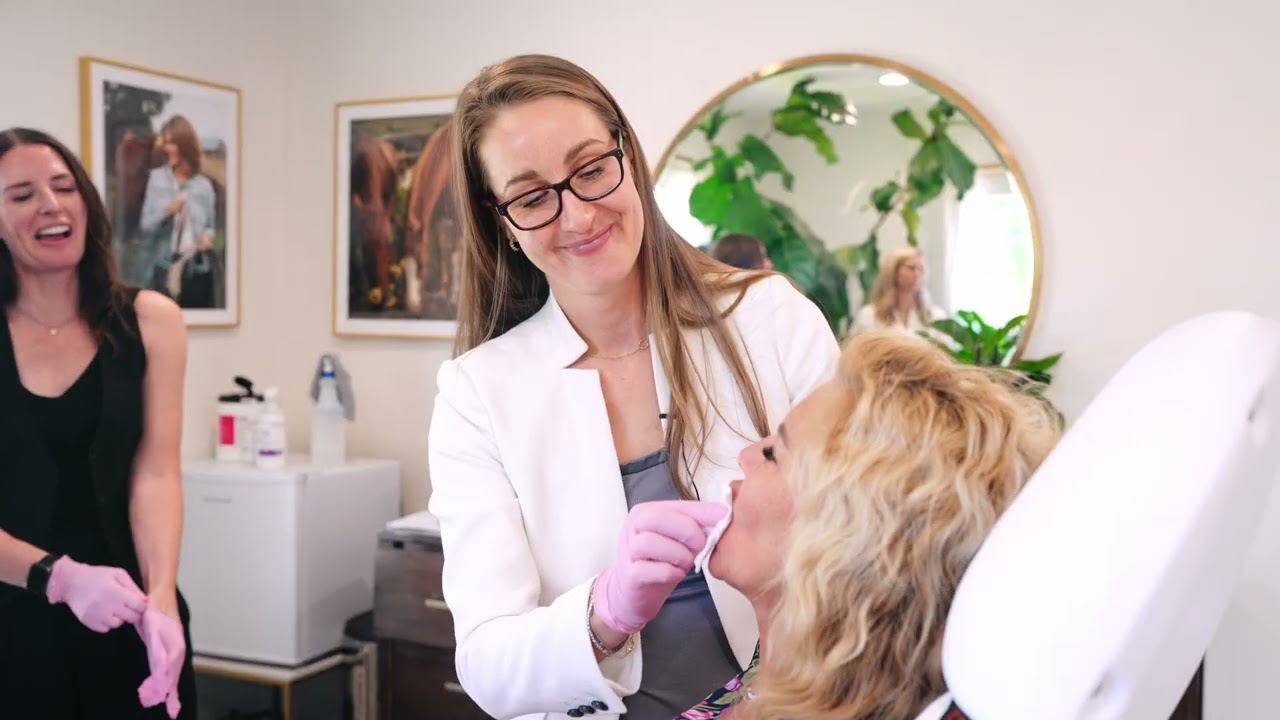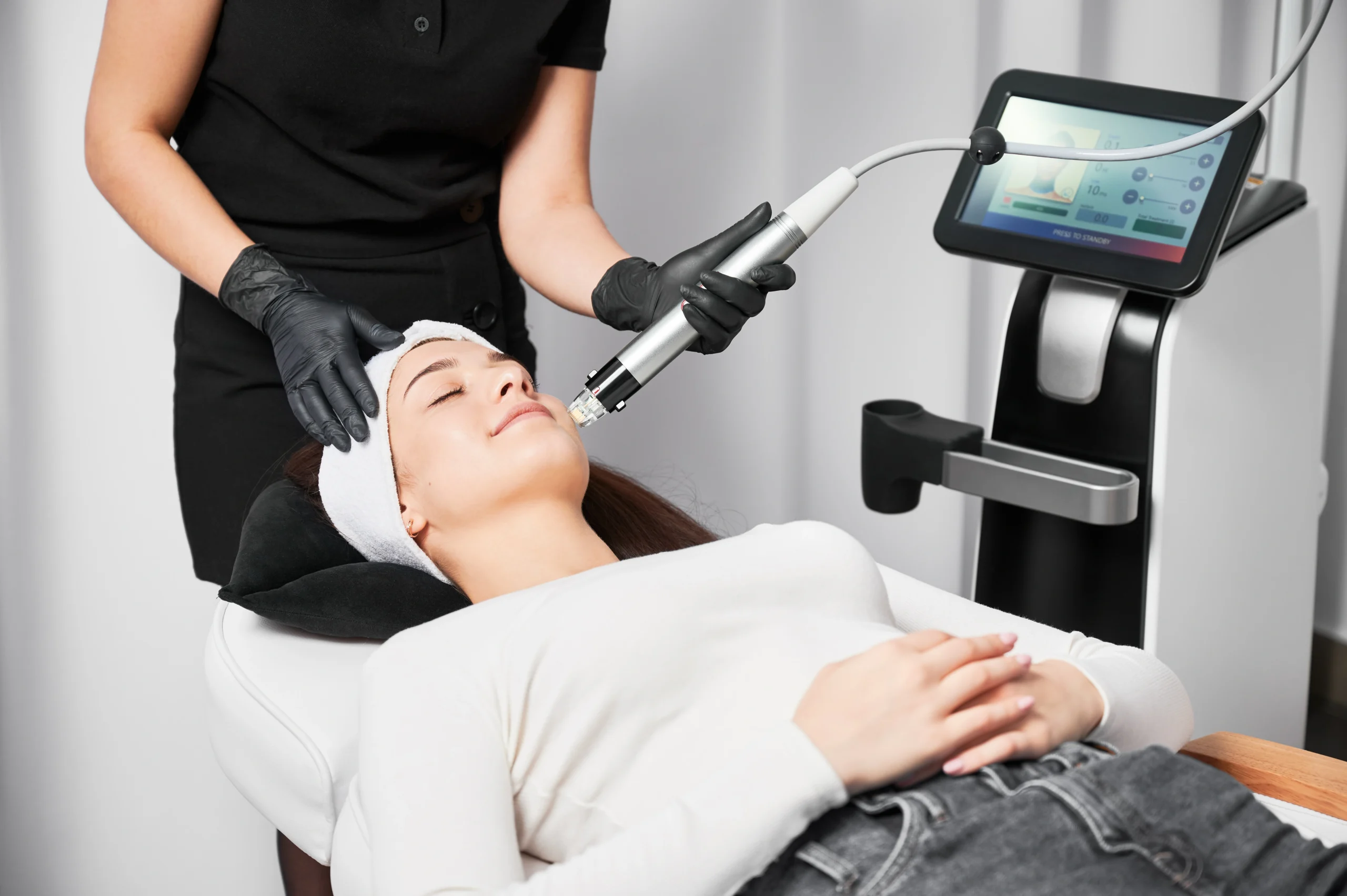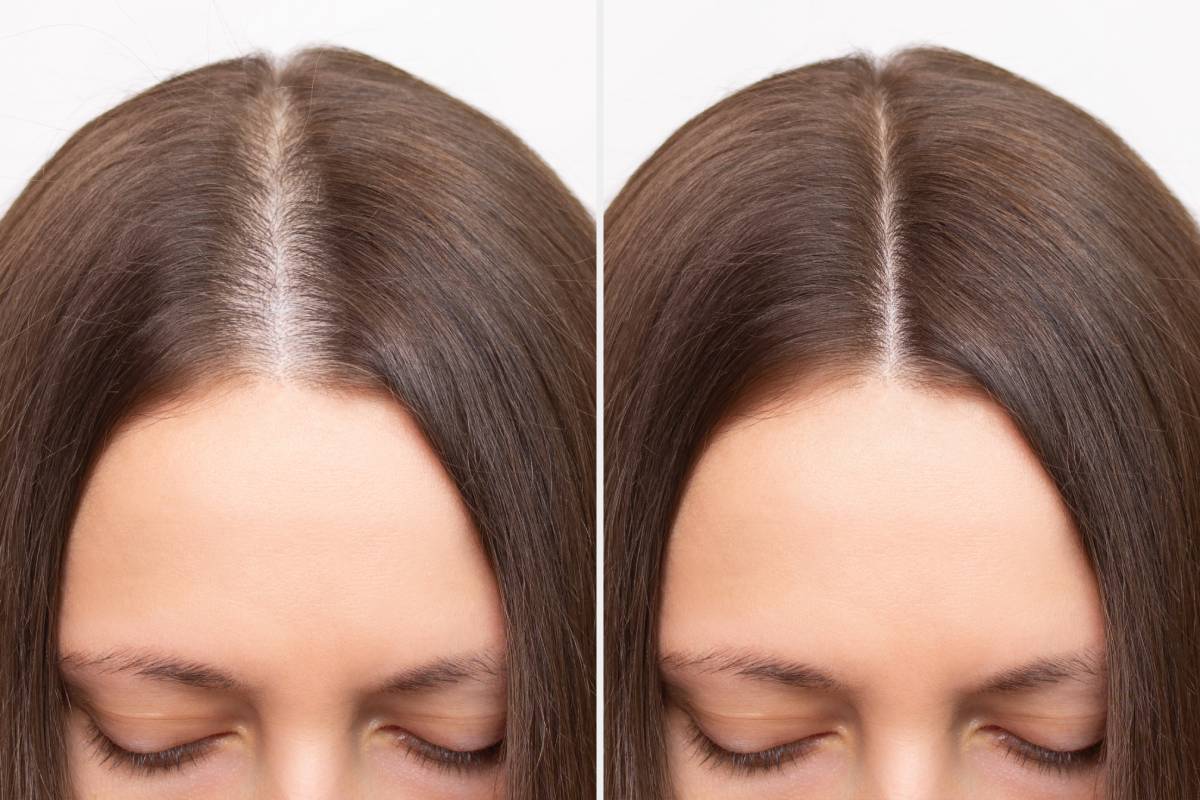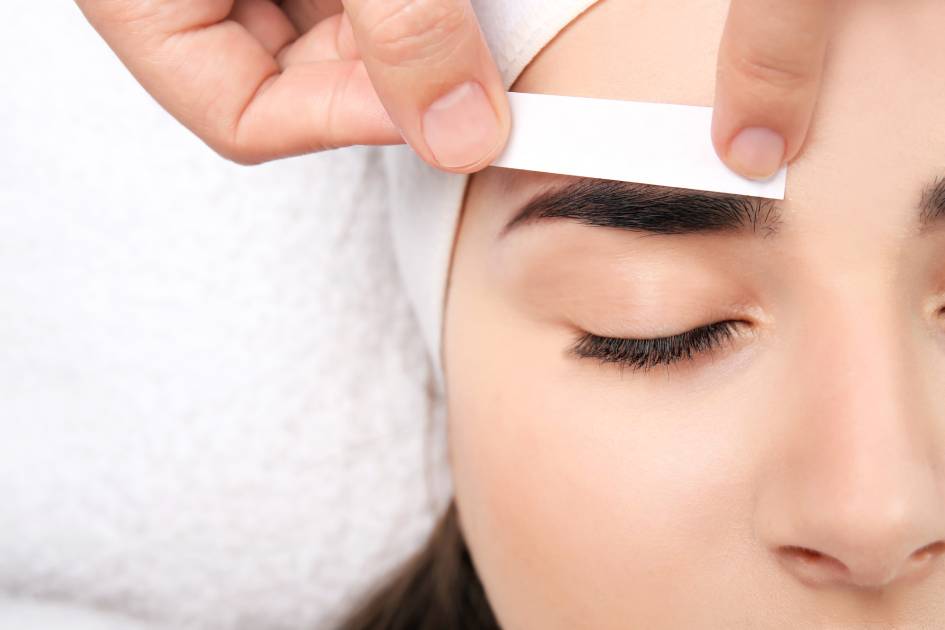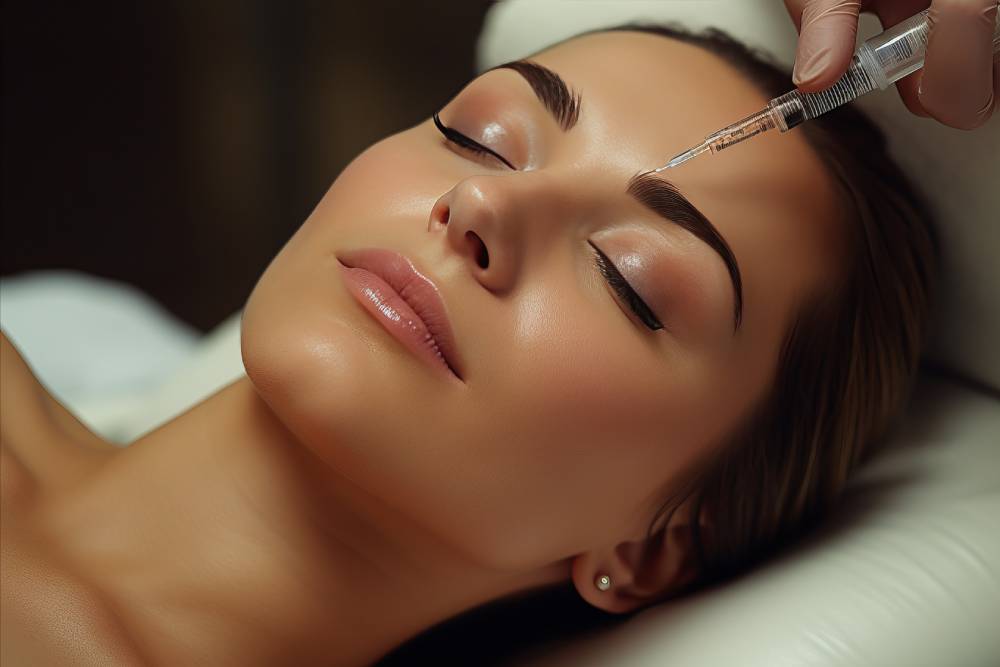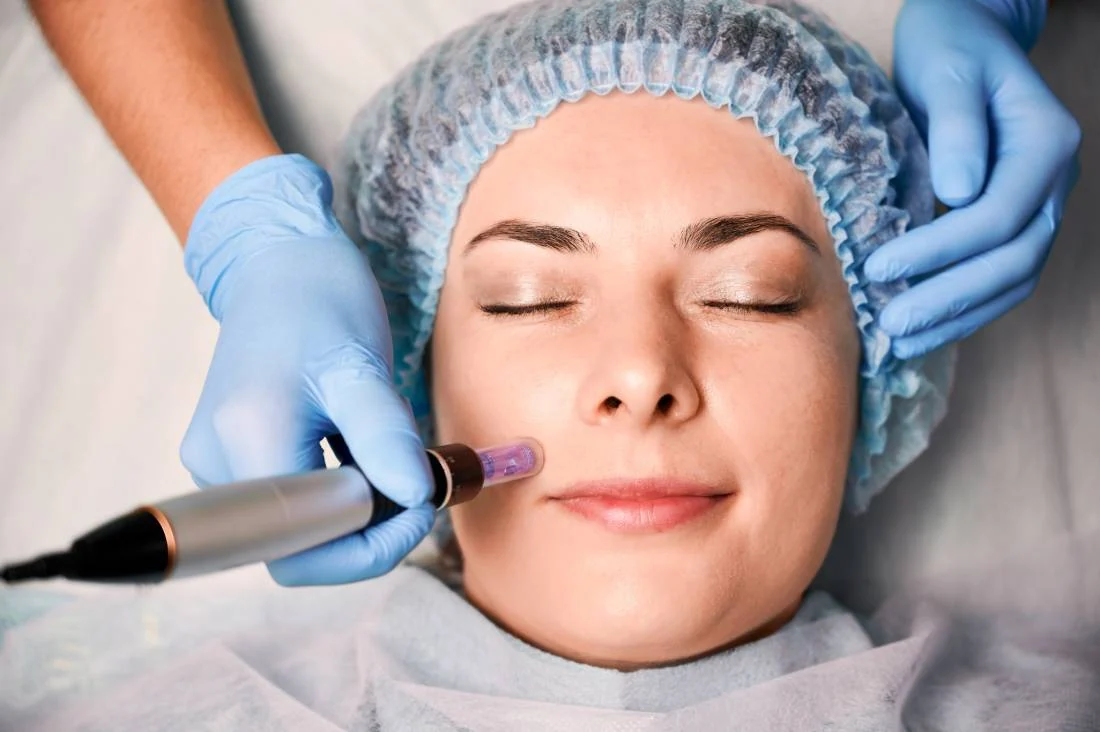Chemical peels are different kinds of acids put on the skin to exfoliate it chemically. They work because the acids remove dead and damaged skin cells from the area to be treated.
This makes way for new, healthy skin cells. The result is skin that is brighter, smoother, and more even. If you are new to chemical peels, the thought may be overwhelming. So, Modern SLC Injections & Aesthetics is here to take the lead and guide you with its type!
Check out this blog post to learn more about this peel treatment.
Types of Chemical Peels
AHA peels, BHA peels, TCA peels, and Phenol peels are the most common chemical peels. AHA and BHA peels are called light chemical peels, while TCA and phenol peels are called medium and deep peels, respectively.
But you can customize the chemical solution of a peel for each patient to get the best results. This means that many different acid combinations and concentrations can be used.
Our Modern SLC Injections & Aesthetics doctors can help you determine which chemical solution will help each patient the most. You can also get one of three different kinds of chemical peels. These things are:
- Mild peel. Like alpha-hydroxy acid, they are used in superficial peels to remove dead skin cells gently. It doesn’t go any deeper than the top layer of skin.
- Medium peels. This peel uses trichloroacetic or glycolic acid to get to the middle and outer layers of the skin. This part makes it better at getting rid of damaged skin cells.
- Deep peels. This kind of peel removes damaged skin cells by going through the middle layer of the skin, usually use phenol or trichloroacetic acid.
Preparing For Chemical Peels
To start your chemical peel journey, you must stop using products that remove dead skin for 5–7 days before peeling. This includes retinol, salicylic acid, glycolic acid, and benzoyl peroxide, among other things.
If you use these products too close to getting a chemical peel, you may be more likely to have a bad reaction. Tell your aesthetician if you are on antibiotics or other prescription drugs.
These things may also make your skin more sensitive. Avoid direct sunlight and make sure your skin isn’t burned when you come in for your treatment.
The Ideal Candidate
Anyone who wants to change their skin’s color, texture, or overall look is willing to go through a series of treatments and take good care of their skin at home to get the best results.
Chemical peels can help with many skin problems, such as hyperpigmentation and melasma, active acne, pigmented acne scars, and fine lines and wrinkles.
Your Chemical Peel Experience
When you come in for your treatment, your aesthetician will talk with you and decide which peel will work best for you based on your desired results and how much time you can take off.
Again, chemical peels come in different levels, and you’ll start with a basic peel and work your way up to a more advanced one. It’s essential to start at a level your skin can handle quickly and keep coming back every 4 to 6 weeks to raise the level.
Most likely, your first peel will only cause a little skin to peel, but we can get there after a few weeks or months of practice. The treatment includes a deep clean to prepare the skin, peel, and, if needed, a moisturizer and sunscreen.
Caring For Your Skin After Peel
Most people will have redness that can last from 3 to 10 days. Some say it feels like a sunburn. It’s also normal for skin to peel and flake. It usually starts between 2 and 3 days after your treatment. Also, your skin will feel tender and tight.
The downtime and reaction depend on how deep of a peel you choose. Once the skin has peeled and fallen off, the new skin underneath will be very red and sensitive. Carefully follow the directions of your doctor and provider to get the best results.
Also, remember that how you take care of your skin after a chemical peel dramatically impacts how well it works. Stay hydrated and protect your skin at all times. Make sure you sleep on a clean pillowcase and don’t touch the area.
It will help if you don’t work or exercise hard for the first 24 to 48 hours after your treatment. You should also stay out of direct sunlight and avoid saunas, steam rooms, and any heat that touches your skin, like hot yoga.
Never pick your skin if your skin starts to peel or flake. As the skin begins to peel, it is essential not to pick at or tear it. Your skin is doing what it should, so trust the process.
When you tear your skin too soon can cause damage that can’t be fixed, like lightning or scarring.
Why Choose Modern SLC Injections & Aesthetics?
Our team of experts and doctors has been in the field of cosmetic dermatology for a long time, and we specialize in making skin look younger and healthier. Our goal with any treatment is to ensure the patient is safe and happy.
We will work with you to make a customized skin care treatment plan that gets the best results with minor downtime. Our care and expertise will help you feel like the best version of “you” possible.
So, What Peel is Ideal For You?
You may be surprised to learn that no best type of chemical peel exists. The best chemical peel for you will always differ from the best peel for someone else.
A chemical peel must match your skin type, tone, condition, and body area. People with lighter skin can get stronger chemical peels than people with darker skin, but this depends on the patient’s needs and skin condition.
We always work with our patients to find the best chemical peel for their skin type. We ensure to have much experience treating people with all kinds of skin types and tones. Contact us today and see how we can help!
